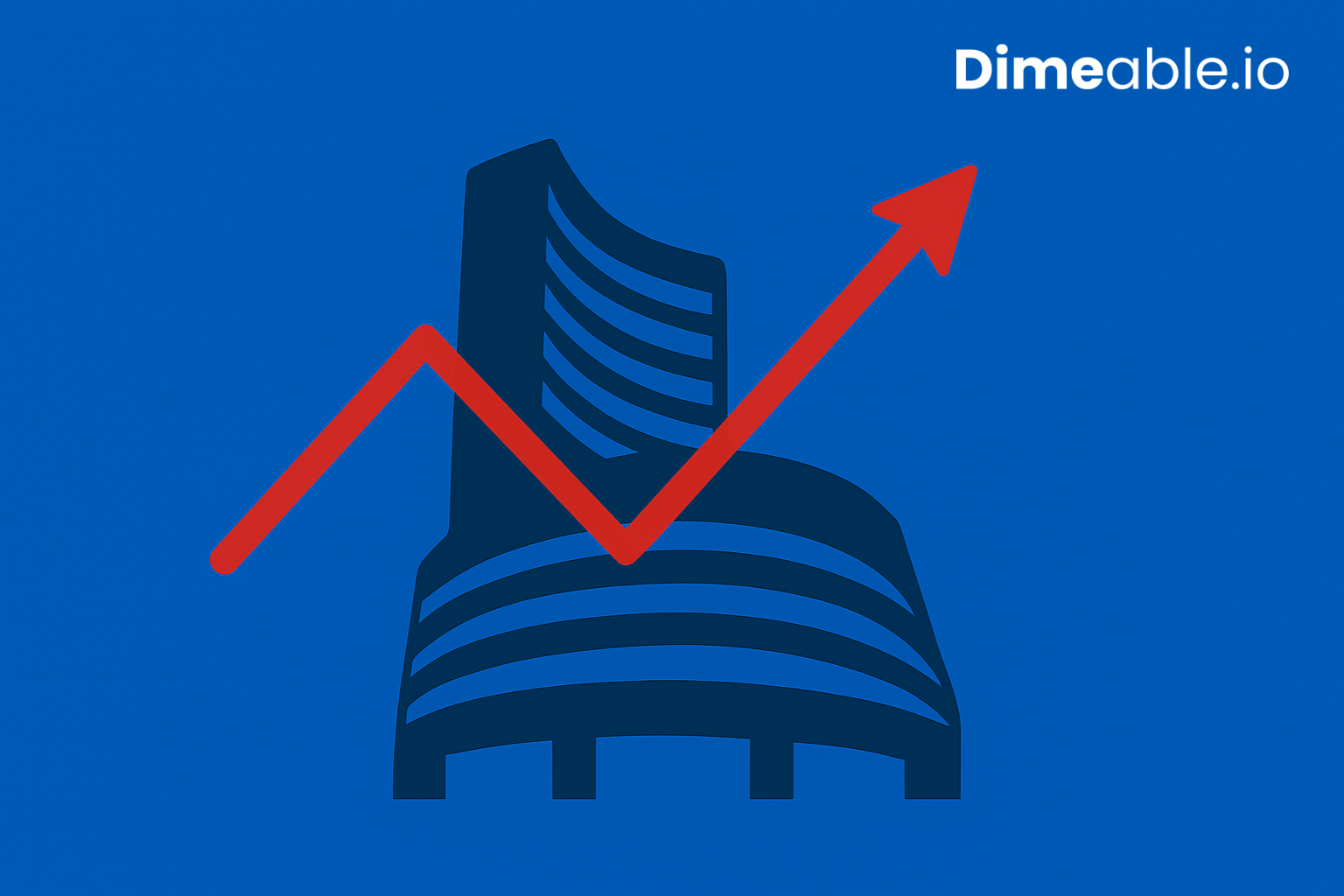If the Indian stock market had celebrities, Sensex and Nifty would be the Shah Rukh Khan and Virat Kohli of the game. You see them in the headlines. You hear their names when markets crash or soar. But what exactly are Sensex and Nifty?
If you’re just starting out in finance—or even if you’ve been around and never dared to ask—this article is your backstage pass to understanding India’s two biggest stock market indices.
Let’s Start at the Top: What is a Stock Market Index?
Before we dive into the glitz and glam of Sensex and Nifty, let’s break down the red carpet itself.
A stock market index is like a report card of the stock market. It tracks the performance of a select group of companies and gives you a snapshot of how the overall market—or a specific segment—is doing.
In simple terms, if the index is going up, the mood is “yay!” If it’s going down, well… you get the idea.
Meet the Icons: Sensex and Nifty
Sensex – The OG of Indian Markets
Sensex, short for Stock Exchange Sensitive Index, is the pride of the Bombay Stock Exchange (BSE). It was born in 1986 and includes 30 of the biggest, most actively traded companies across key sectors.
Think of it as a tight, elite group of industry giants—from banks to IT to pharma. Companies like Reliance, Infosys, TCS, and HDFC are regulars here.
Sensex is the oldest index in India, and it reflects the overall health of the Indian economy in just 30 stocks.
Nifty – The Cool, Calculated New-Age Star
Nifty, short for National Stock Exchange Fifty, represents the top 50 companies listed on the NSE. It came into existence in 1996 and is officially called Nifty 50.
Nifty covers a broader set of sectors and companies compared to Sensex, offering a more diversified look at the market. You’ll find similar faces—Reliance, HDFC Bank, Infosys—but with a bit more crowd.
Together, Sensex and Nifty act as thermometers of investor sentiment in India.
How Are They Calculated?
Good question! Both indices use something called the free-float market capitalization method.
But don’t run off just yet—here’s what that means in normal people speak:
-
Market cap is the total value of a company’s shares.
-
Free-float means only the shares available for public trading are counted—not those locked away with promoters or the government.
So the bigger and more widely-traded a company is, the more influence it has on the index.
In short, when big players move, they drag the index with them—up or down.
Why Do Sensex and Nifty Matter?
Think of them as the heartbeat of Indian finance. When they rise, confidence flows. When they fall, everyone from analysts to auntyjis gets nervous.
Here’s why they matter:
-
Investor confidence: A rising index reflects optimism. A falling one? Not so much.
-
Benchmarking: Mutual funds and portfolio managers use them to measure performance.
-
Market trends: Indices help spot bull runs, bear markets, and everything in between.
-
Global attention: Foreign investors use Sensex and Nifty as cues for investing in India.
Sensex vs. Nifty: What’s the Difference?
| Feature | Sensex | Nifty |
|---|---|---|
| Exchange | Bombay Stock Exchange (BSE) | National Stock Exchange (NSE) |
| Launched | 1986 | 1996 |
| Companies Tracked | 30 | 50 |
| Index Type | Market-cap weighted | Market-cap weighted |
| Official Name | S&P BSE Sensex | Nifty 50 |
| Broader? | Less diversified | More diversified |
Real-Life Example: How They Move the Market
Let’s say Infosys reports amazing quarterly profits. Since it’s a heavyweight in both Sensex and Nifty, its stock jumps.
That rise contributes to both indices moving up, making headlines like:
“Sensex jumps 400 points, Nifty above 22,000 on IT rally.”
Suddenly everyone’s buzzing—investors feel confident, brokers are smiling, and your finance-savvy cousin is tweeting graphs.
FAQs about Sensex & Nifty
Q1: Can I invest in Sensex or Nifty directly?
Not in the indices themselves, but you can invest in index funds or ETFs that track them.
Q2: Which one should I follow—Sensex or Nifty?
Both are great indicators. Nifty gives a broader picture, while Sensex is more focused. Following both gives a well-rounded view.
Q3: Do they include the same companies?
There’s overlap (like Reliance, Infosys), but they’re not identical. Nifty includes more companies, so it’s more diversified.
Q4: Who manages these indices?
Sensex is managed by S&P BSE, and Nifty by NSE Indices Limited, a subsidiary of the NSE.
Q5: How often do the companies change?
Regularly! Every few months, underperforming companies may be replaced by stronger ones.
Final Thoughts: Market Mood Rings with a Mission
Sensex and Nifty aren’t just numbers. They reflect the ambitions of Indian businesses, the mood of investors, and the pulse of the economy.
Whether you’re a day trader, a long-term investor, or someone just curious about money, these indices give you insight into where India Inc. is heading.
So the next time someone says, “Sensex cracked 500 points today,” you’ll know exactly what that means—and maybe even why.


